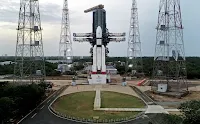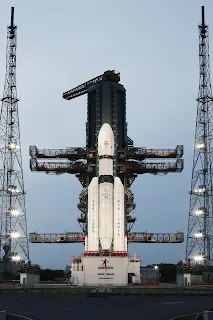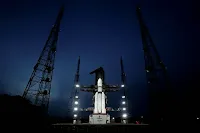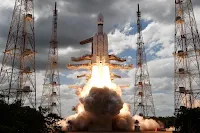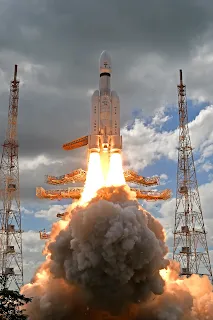Science, the pursuit of knowledge through observation, experimentation, and exploration, has been an integral part of human civilization for millennia. It has unlocked the secrets of our world, propelled technological advancements, and broadened our understanding of the cosmos. In this blog, we embark on a journey to explore the wonders of science and its profound impact on our lives and the world around us.
1. The Scientific Method: Unraveling Nature's Secrets
The foundation of science lies in the scientific method, a systematic approach to understanding the natural world. This process involves observation, forming hypotheses, conducting experiments, analyzing data, and drawing conclusions. The scientific method has revolutionized our understanding of the physical, biological, and social phenomena that shape our existence.
2. The Unifying Laws of Nature: Physics
Physics, often referred to as the fundamental science, seeks to decipher the laws governing matter, energy, and the forces that govern the universe. From Newton's laws of motion to Einstein's theory of relativity, these principles have driven technological innovations and space exploration, shaping the modern world.
3. Unraveling the Building Blocks: Chemistry
Chemistry delves into the composition, structure, and properties of matter. Understanding chemical reactions has led to the development of life-saving drugs, sustainable materials, and groundbreaking advances in agriculture and industry.
4. The Code of Life: Biology
Biology explores the living organisms that inhabit our planet. From the intricacies of cellular biology to the vast diversity of ecosystems, biology has deepened our knowledge of life's origins, evolution, and adaptation.
5. The Language of Computers: Computer Science
Computer science has transformed the way we live, work, and communicate. From the internet to artificial intelligence, the digital revolution has connected the world and paved the way for future innovations.
6. Space Exploration: Expanding Our Horizons
Humanity's quest for knowledge extends beyond our planet. Space exploration has revealed breathtaking images of distant galaxies, unraveled the mysteries of celestial bodies, and instilled a sense of wonder about the vastness of the cosmos.
7. The Age of Medicine: Enhancing Quality of Life
Medical science has saved countless lives and improved the quality of life for millions. Advances in medical research, technology, and treatments continue to push the boundaries of what is possible in healthcare.
8. Sustainability and Environmental Science
As we grapple with the challenges of climate change and environmental degradation, environmental science plays a critical role in understanding and preserving the delicate balance of our planet's ecosystems.
9. Science and Society: Ethical Considerations
As science advances, so does the need for ethical discussions. From genetic engineering to artificial intelligence, society must navigate the ethical implications of scientific discoveries.
Conclusion
Science is the beacon of human progress, guiding us through the darkness of ignorance to the brilliance of knowledge. From ancient civilizations gazing at the stars to modern laboratories probing the mysteries of the universe, science has shaped our journey as a species. As we continue to push the boundaries of knowledge and innovation, let us embrace science as a force for good, steering humanity towards a brighter, more sustainable future.
